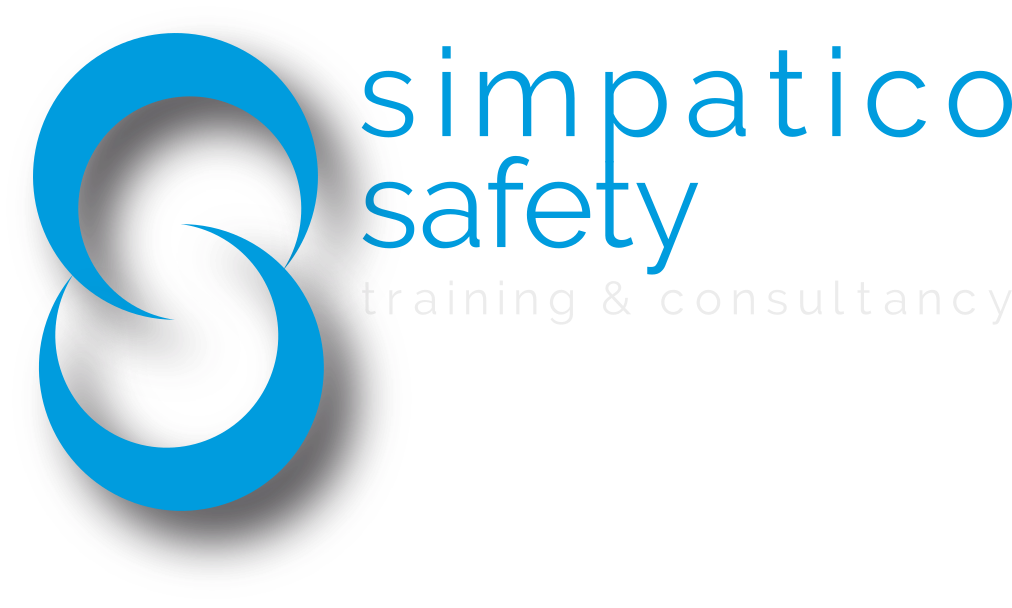
A lot of Australian workers have suddenly found themselves needing to work from home. Thankfully, if this is the case, that means you still have a job!
But what now? Somethings to consider might be:
Your home is now considered a workplace when you are working
The areas that you conduct your work in, the facilities that you use (kitchen and bathroom), and access areas are all considered to be your workplace while you are working. This means that you need to minimise the risks that may cause you or others to get hurt.
Do you have the equipment you need?
It is important to apply the same ergonomic rules to home workstations as you would at the office. Make sure your desk is the right height for you and that your chair is supportive and adjustable (best with no armrests to allow your chair to slide in under your desk). Can you use a separate keyboard to allow you to raise your laptop screen to minimise neck strain? Do you need a printer? Do you have enough pens, paper, etc? Is the stuff you use frequently close to hand so you don’t need to stretch to reach it?
Is the lighting correct for your work?
Are you straining to read what you are doing? Or is there too much glare on your computer screen? Have a wall behind you rather than a window. Ensure adequate lighting to minimise eye strain.
Can you limit distractions?
Some of you will have kids at home, or your partner. Do you have a space where you can set up your desk away from the family during work hours, or do you need to supervise them. Can you safely work around them? Regularly clear away clutter. Don’t leave the TV on… it will eat up your productivity. A good rule of thumb – work for 50 minutes, then take a 10-minute break.
Is your Internet fast enough, or do you need to upgrade your plan?
Do you have the correct computer equipment needed to complete your work remotely?
This can severely limit your ability to work from home and your needs should be discussed with your employer. Your IT person should be able to enable remote file access via Dropbox or OneDrive if needed.
Do you have a home-phone or a mobile set up for office and customer communication if necessary?
Some jobs require you to communicate with clients or suppliers. Think about how you are going to do this from home. Are you able to have calls diverted to your home or mobile phone? Is it appropriate to turn off your caller ID for privacy after work hours?
Is your home safe?
Clear pathways, non-slip surfaces, and ease of access are all necessary to create a safe working environment. Ensure that trip hazards are removed, and electrical cords are covered or moved out of the way. Check your electrical equipment and leads for obvious signs of damage and replace as needed. If unsure, put aside and get it checked by an electrician. Check through your home’s safety equipment – Is your fire alarm working? Do you have a fire extinguisher/blanket? Do you have an emergency exit plan?
To help you set up, we have included a link to a “Working from Home” Checklist, created by Comcare to help ensure you are able to work as safely as possible. Working from Home checklist (PDF, 914.5 KB)
If you are struggling to get your head around the pandemic and all it entails, the following attachment, created by the Australian Government, has some helpful tips for coping and includes contact details of organisations who are there to help during the tough times. Responding to Uncertainty – Coronavirus (COVID-19) factsheet
(PDF, 758.7 KB)
